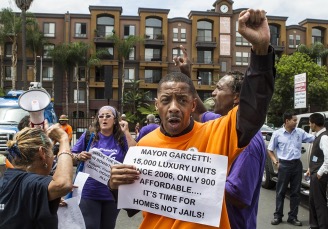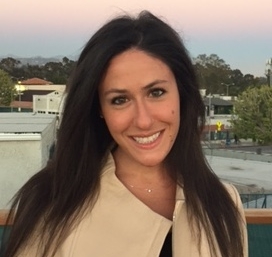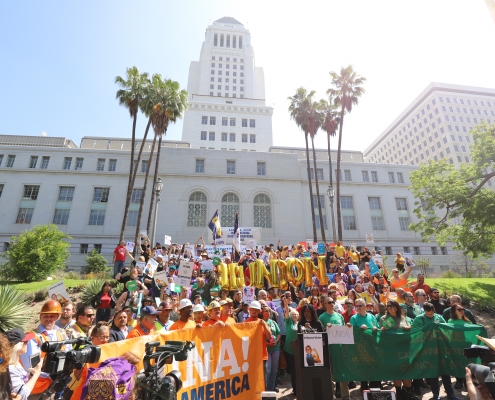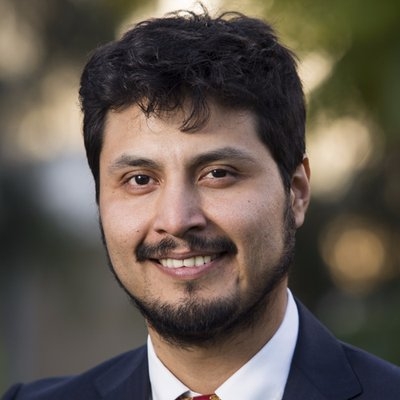
Do Legislative Bills Build Housing?
By Jan Breidenbach Senior Fellow, UCLA Department of Urban…

Reading Between the Battle Lines: Decoding Values in Tweets About Gun Control
By Lara Drasin UCLA Master of Social Science 2018 Every…

Helping Turn Seaweed into Biofuel
By Kyle Cavanaugh Assistant Professor, UCLA Department…

“Janus” Challenges Unions to Organize
By Kent Wong Director, UCLA Labor Center The Supreme…

First-Generation Students In Graduate School
By Berto Solis, UCLA Master of Social Science, 2018 First-generation,…

